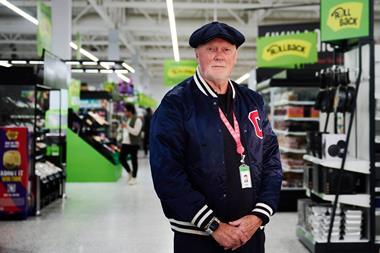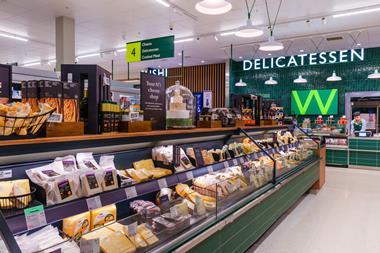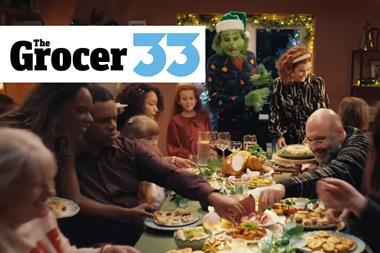Our food system has been engineered to suit the bottom line of giant retailers. As Monty Don puts it: “Food, once at the heart of towns and communities, integral to their rhythm and reason, is now often a side show, sold in big boxes on the edge of town.”
This near disappearance of food from living streets must be remedied. Back in 1998, Caroline Cranbrook, concerned about the impact of a proposed superstore on her market town of Saxmundham, demonstrated how important the local food network of small producers and retailers was to the town, coining the term ‘food web’ to refer to the mutually reinforcing cluster of food links that supported its vitality.
In the past three years, the Campaign to Protect Rural England has been following her lead, mapping 19 other food webs radiating out from places as diverse as Ledbury, Penrith, Norwich and Sheffield. CPRE estimates that spending in small indie food outlets supports three times the number of jobs than it would at a supermarket chain. Such food outlets support one job for every £46,000 of turnover while the comparable figure for supermarket chains is £138,000 to £144,000.
As for supermarkets doing their bit for local food, this is a bad joke. CPRE shows that, with the odd exception, no more than four per cent of the turnover of major multiples is locally sourced. Human-scale, local food webs extend our choice of where to buy the freshest, highest-quality, best-tasting food. They allow us to do something that feels right - support local producers - and keep money recirculating in our local economy.
They help us reduce food miles and eat seasonally. By contributing to the strength of smaller retail outlets, local food networks maintain the attractiveness of town centres, creating a buzz that contributes to their charm, character and sense of place.
We’re told that global economic and resource pressures make it necessary to embrace a brutal model of globalised intensive food production and large-scale retailing. But as CPRE’s analysis shows, grass roots, bottom-up, resilient food webs now look like a much sounder, more progressive model.


















No comments yet